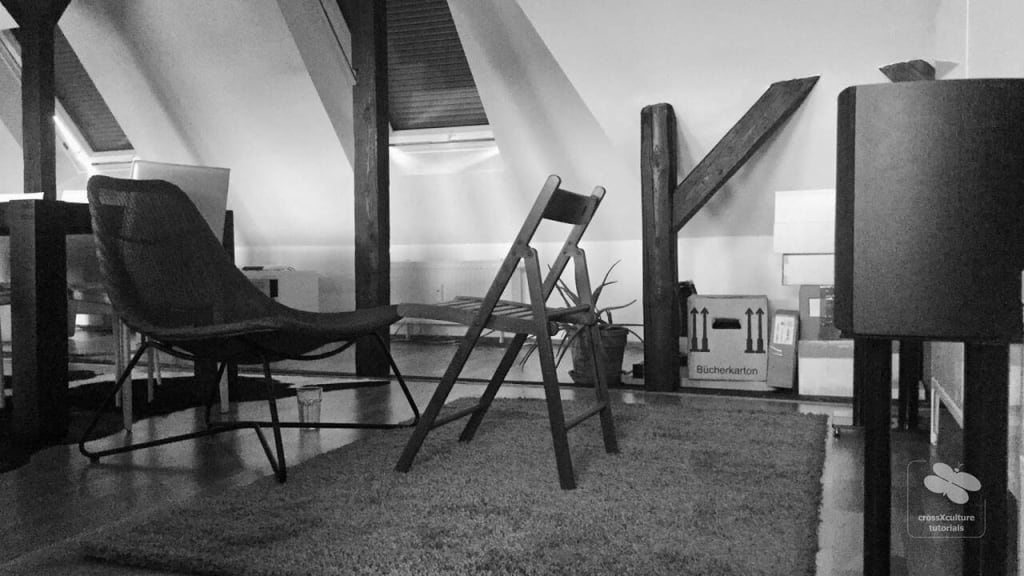19. Speaker position
Published: 14/05/2020
Author: Karsten Hein
Category: High Fidelity
Since very few audiophiles will have the privilege of building a dedicated listening room around their set of loudspeakers, both speaker size and position will need to be adapted to the space available in the household. In many cases, the chosen listening room will need to serve other purposes that are of equal or greater importance. Typical rooms for placing HiFi equipment are: living rooms, studies, dining rooms, etc. Judging from my experience in forums, many typical man-caves are even located in the basement. Be that as it may, there are a few simple rules that will help to enhance the acoustics in any environment.
Firstly, let’s get acquainted with the terminology: Seen from the listening position, the wall behind the speakers is called the front wall of the room. The wall behind us is the back wall, and usually there are two side walls to complete the room. As we have seen earlier, in ‘Spikes and absorbers’, speakers should be placed on a firm stand to prevent them from wobbling. The minimum distance to the front wall should be at 70cm, measured from the front of the speaker drivers to the front wall. The optimum distance should be at around 1/5th of the depth of the room. This means that on a five meter room, the speaker front should be placed at around 1,00 meter distance to the front wall.
The distance to the side walls should not equal the distance to the front wall. This is measured from the speaker’s axis and should be at least at a ratio of 1:1.3. To minimise the effect of room modes, our ear’s listening position should also be at least 1/5 of the room’s depth clear of the back wall. Moving both speakers and listening position closer to the front and back walls will usually enhance lower frequencies. For optimal imaging and sound stage, the distance measured between the speakers and the distance from each speaker to the listening position should be at least the same, in order to form an equilateral triangle.
When floor and ceiling do not provide a damping effect, any room can become quite hollow sounding. Placing a rug in front of the speakers will help take the edge off of the reflections. Very few speakers will sound well with their front aligned with the front wall, or toed in to stand on axis. Now is as good a time as ever to begin experimenting. What to listen for? If placed well, you will experience a seamless three-dimensional stage that has both depth and width extending beyond the physical position of the speakers. I am currently running two vintage systems, of which one is placed in the living room and the other in my office. In both cases, I have had to make some concessions to the multiple functions of the rooms. However, given some time and effort, I have managed to produce a quite realistic and wide stage impression that extends well beyond the speakers. I know that I could do better, if it were possible for me to move even further into the room. My current distances to the front walls are between 80cm and 90cm with a slight toe in, in both cases.


